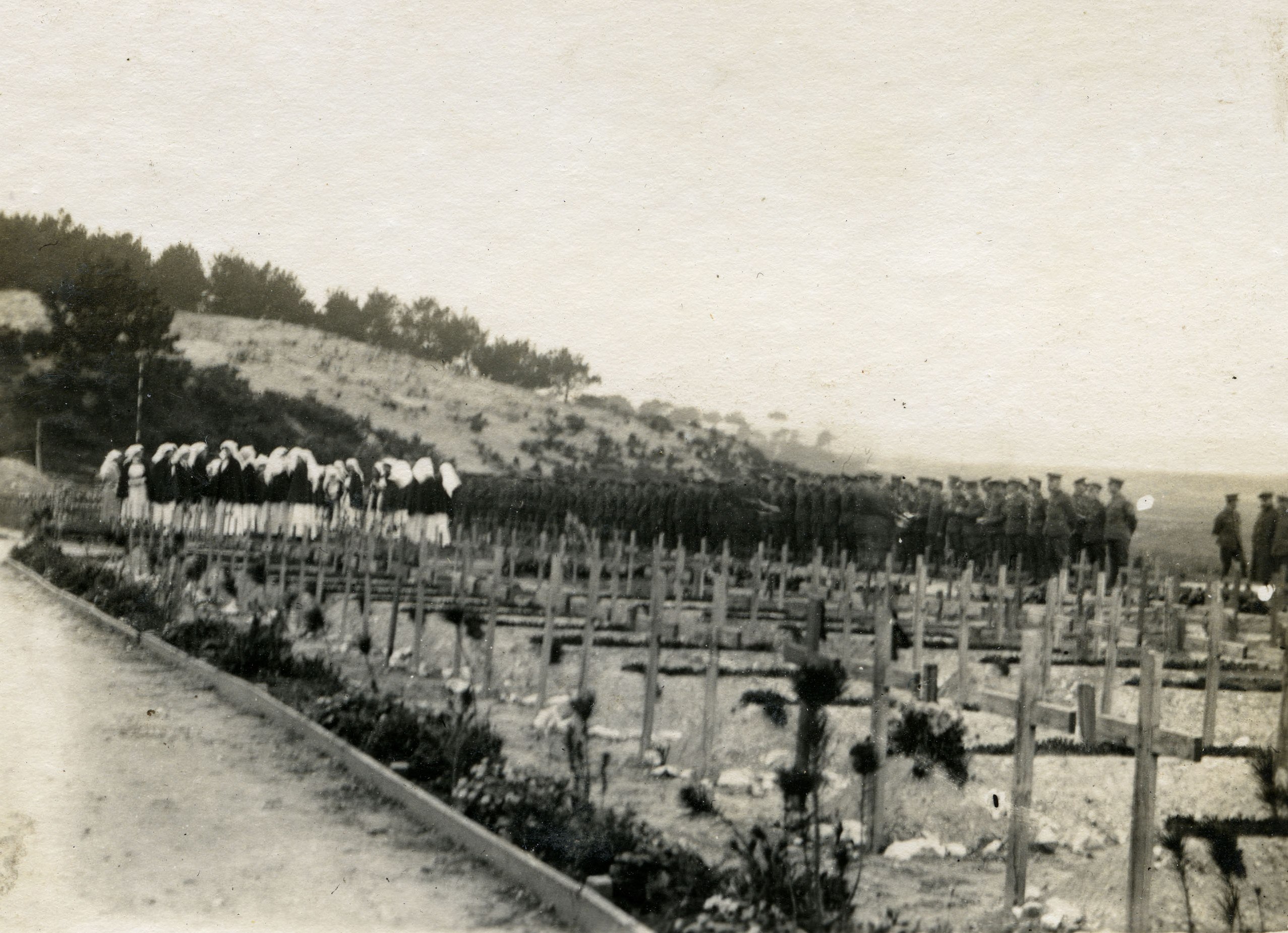This bloodbath claimed more than one million men in the British and Allied forces over a period of roughly 20 weeks.
The front lines moved less than 5 kms.
Consequently, the Somme has become an iconic symbol of the incomprehensible horrors, bloodshed and general futility of much of the First World War.
The Western Front had been bogged down in an enormous bloody stalemate since the late fall of 1914.
However, the Allied High Command was convinced that one truly massive assault would crack the tough defensive positions and start the long hoped-for victory in the War.
On July 1st, 1916, the British ‘Big Push’ commenced. The first day was a colossal disaster. The British forces suffered 57,470 casualties, including 19,240 dead.
The Royal Newfoundland Regiment was essentially wiped out. Of the 800 men who went into battle, a mere 68 were able to answer roll call the next morning.
Despite the phenomenal disaster, the British generals did not reconsider their plans. They would not admit that they had been wrong on such a massive scale. Hence, wave after wave of assaults were carried out for several more weeks, with little or no success.
Nevertheless, with wartime propaganda, the scope of the tragedy was not initially apparent back home. Reports were written in such a way that it appeared the British and Allied forces were gallantly succeeding and that the German defenses would soon crumble.
By the end of the summer of 1916, the British and Allied forces were showing serious signs of battle exhaustion. Tragically, instead of calling off the offensive, new troops, including the Canadian Corps, were put into the front lines.
At first, the Canadian newspapers were full of stories about the Canadians heroically joining the ‘big fight’.
One Red Deer newspaper’s headline proclaimed that ‘Canada’s Boys Plunged Deep Into Hun Lines.’
The first reports suggested that casualties had been light or, “No more than would be expected.” The arrival shortly afterwards of the daily casualty reports, with their long lists of the killed and wounded, quickly put the lie to the claim.
Several local men were reported as missing in action. What wasn’t mentioned was that many of them had been directly hit by shellfire and there was really nothing left of them to find.
By the end of October, the letters home began to arrive from the men still on the front lines, or now in a hospital, recovering from wounds. Despite the heavy censorship, the stories of what was actually happening began to emerge.
Theodore Wright wrote from hospital, “I suppose you will know that my poor old battalion was wiped out almost.”
Another man revealed that many from local B Company of the 89 Battalion had not gone into the front lines. They had been badly decimated while standing in reserve and being hit by intense shell-fire.
Frank Dorrance, a former student at the Red Deer High School who later won the Military Medal for bravery in battle, wrote, “I have seen men hit 50 yards away from a bursting shell.” He added that the bursting shells, “Made us deaf for 15 or 20 minutes.”
Other men talked about the incredible mud and dealing with inch-thick ice in the trenches in the morning. Some mentioned comrades being buried alive during the shellfire and suffering from severe shell shock (PTSD) when they were dug out of their near-graves.
Dorrance was particularly moving in his letters. He wrote, “I have been in a place they call Death Valley for the last five days. I might go on to say that it certainly deserves the name.”
He quoted one comrade, suffering from shell shock, who simply said, “I have had enough.”
He concluded by writing, “This is not war here. The word ‘war’ is a word that comes from civilization. But there is no civilization here. It is hell turned inside out.”



